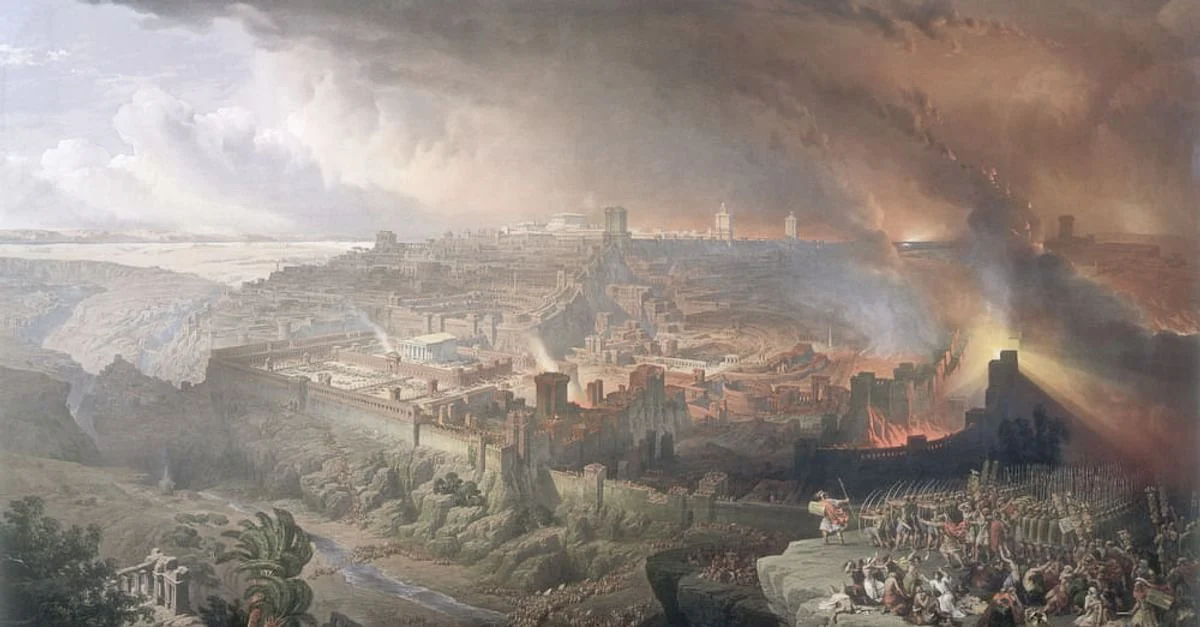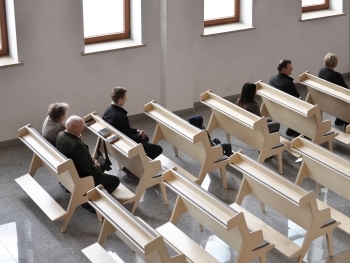The Roman siege of Jerusalem in 70 CE was a pivotal moment in Jewish history. It marked the end of the Second Temple era and the beginning of a long period of exile and dispersion for the Jewish people.
The siege was the culmination of a long-standing conflict between the Jews and the Romans. The Jews had rebelled against Roman rule in 66 CE, and the Romans responded with a brutal campaign to crush the rebellion. The city of Jerusalem was besieged, and the Jews were subjected to a relentless assault from Roman forces.
The siege lasted for several months, during which time the Romans built siege works and battering rams to breach the walls of the city. The Jews fought back fiercely, but they were eventually overwhelmed by the superior Roman forces.
The final assault on the city came on the 9th of Av, a day of mourning and fasting for the Jewish people. The Romans breached the walls of the city and fought their way into the Temple Mount. The Temple itself was set on fire, and the holy vessels were looted and taken back to Rome as spoils of war.
The aftermath of the siege was devastating for the Jewish people. Thousands were killed or enslaved, and the survivors were scattered throughout the Roman Empire. The Second Temple, the center of Jewish worship, was destroyed, and the Jewish people were left without a homeland.
The Roman siege of Jerusalem marked the end of the Second Temple era and the beginning of a new period in Jewish history. It was a turning point that shaped the destiny of the Jewish people for centuries to come. Today, the memory of the siege is still commemorated in Jewish tradition and serves as a reminder of the resilience and determination of the Jewish people in the face of adversity.




